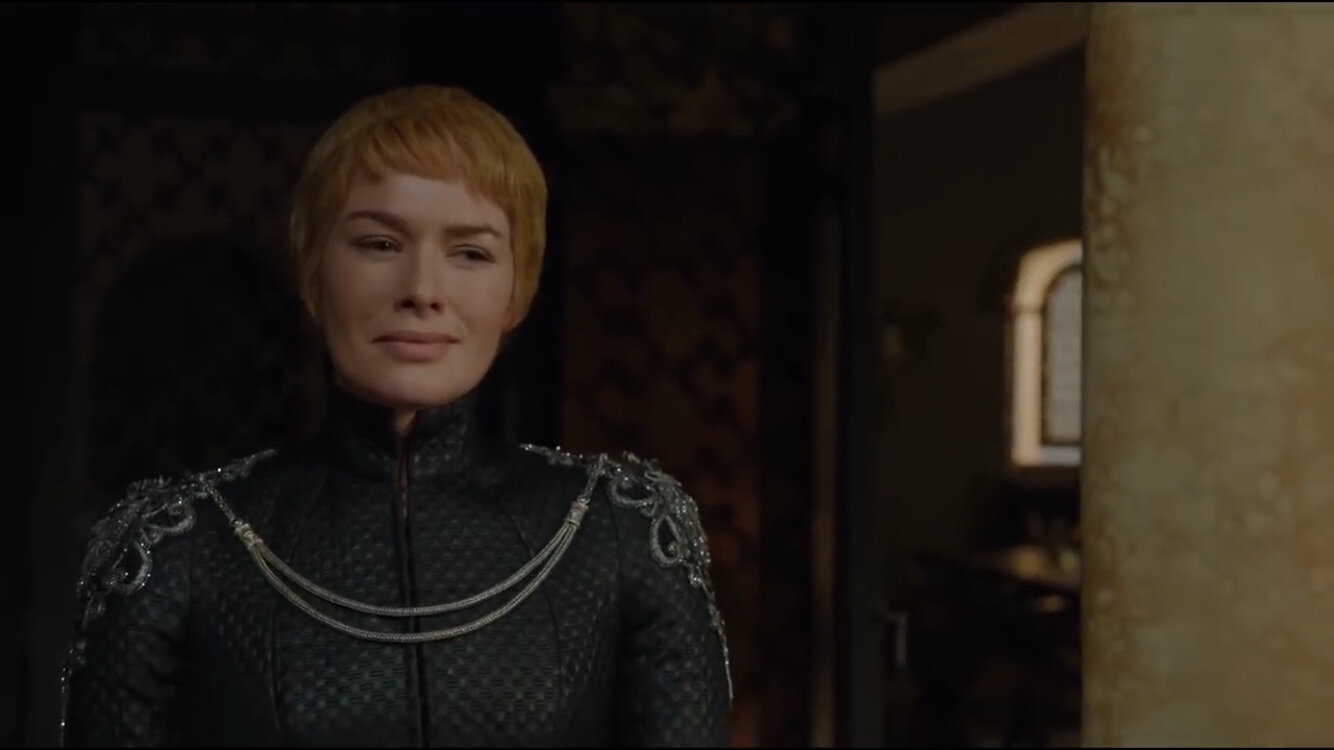What Makes a Good Villain?
A couple of weeks ago, I shared a bit more about the main characters in my upcoming epic fantasy novel, Blood of Ravens. But one key character was missing from that little teaser - the villain.
Now, I can’t share a lot about him - because, spoilers - but if you’ve read the back cover synopsis, you’ll already know he’s called the Shade King, and that it’s been a century since he brought about the Fall of the Graced and tipped the balance of power in his favour. And, since I can’t tell you much more than that without giving away some major plot points, I thought I would share some of my thoughts on what makes a good villain, as well as looking at some of my all-time favourite villains from books, TV and film.
Central to any good story is conflict. The protagonist has to have something to fight against, something preventing them from achieving their goals, some stumbling block they have to overcome. There’s no story without it. That conflict can be internal or external, with the antagonist either physical or abstract, and most have a combination of all of it, but it is essential to good storytelling.
That said, most genre fiction tends towards having a physical antagonist - a villain for the hero to defeat - and none more so than fantasy. Good vs Evil, Light vs Dark, is the default conflict and Dark Lords are one of the most common tropes in the genre - Sauron, Voldemort, Darth Vader etc - to the point it’s become cliche. When I first started writing, I fell into this trap. The villains were often just a name, a faceless menace without reason or purpose beyond foiling the heroes’ dreams. They were one-dimensional, boring and ineffective.
Because if conflict is the central to good storytelling, then a well-rounded and well-written antagonist is the key to unlocking that.
As I’ve developed as a writer, I’ve learned the importance of giving my antagonists the same (if not more) love and attention I give my protagonists - and as a result I have more fun writing them.
The fantasy genre has evolved and there are some brilliant interpretations or alternatives to the Dark Lord/Good vs Evil tropes out there. Brandon Sanderson’s Mistborn trilogy asks ‘What if the Dark Lord won?’ while Mark Lawrence’s Broken Empire trilogy follows a fallen prince bent on revenge, now leading a band of vicious outlaws as they kill and loot their way across the world. A Song of Ice and Fire focusses on infighting within the various Houses of Westeros, where the ‘villain’ is dependent on whichever point of view character you are reading at that point.
When deciding what I wanted for my antagonist, I did what most of us do when we’re looking for inspiration… I looked at what other people have done. I found examples I considered strong and analysed what it was about them I liked. I’ve listed* a few of my favourites below, with a bit about why they’ve made this list.
Sitting down and looking at what they all have in common, distilling it down until I have the key aspects of my ideal villain, there are a few core elements that come out. Firstly, they have to present a legitimate threat to the protagonist - whether that’s physical, mental or otherwise. These are more personal preference, but I like a high stakes villain (Voldemort would have seemed pretty weak if he hadn’t killed Harry’s parents). They need to be intelligent - stupidity isn’t scary - and I like my villains charismatic, sometimes with a little charm and always with a lot of wit.
But more than anything, I like a fully fleshed out, complex and compelling villain. They need a redeeming quality and, most importantly, they need a motive for what they do. Because nobody ever believes they are the bad guy. Our brains just aren’t made that way. There is always some story we tell ourselves to justify our actions. Even if we have to manipulate our own minds to do it - processing information, even our own memories, through a lens of bias to fit our beliefs - we will always find a way to make ourselves out to be the hero. A good villain needs to have a reason behind what they do. The reason could be fear, it could be hate or delusion, but there has to be a reason. They’re just not believable otherwise.
For me, this is the single most important thing to creating a memorable and effective villain. In my opinion, the MCU adaptation of Thanos is the gold standard of that principle. He doesn’t just have a reason - he has a reason that makes sense. We, the audience, understand it. Many of us can relate to it. Some might even support it. His ultimate goal - restoring balance - isn’t just logical, it’s laudable, and I doubt many of us would feel differently if we’d endured what happened to his planet. He has a sympathetic backstory, a redeeming quality in his love for Gamora, and a worthy goal - but all of it balanced with a bloodthirsty streak a mile wide. He is the villain, after all.
What do you like to see in a villain? Who are some of your favourites? Let me know in the comments below. And next week… well, next week is something really special, so make sure you sign up to my mailing list to be the first to find out when that is published or you can also follow me on social media.
*Copyright Disclaimer: under Section 30 of the Copyright, Designs and Patents Act 1988 (as amended by the Copyright and Related Rights Regulations 2003 and the Copyright and Rights in Performances (Quotation and Parody) Regulations 2014), allowance is made for “fair dealing” for purposes such as criticism, comment, news reporting, teaching, scholarship, education and research.















